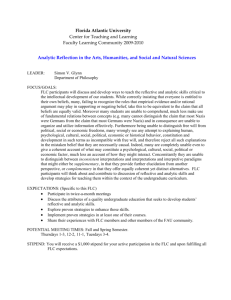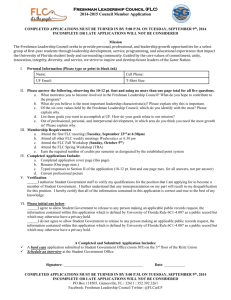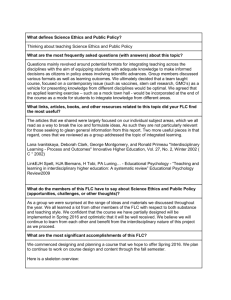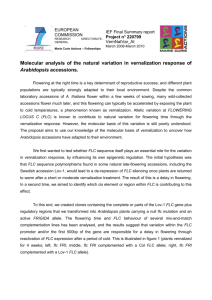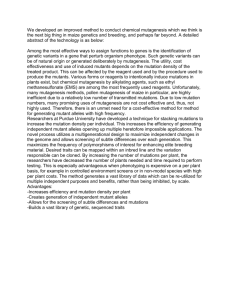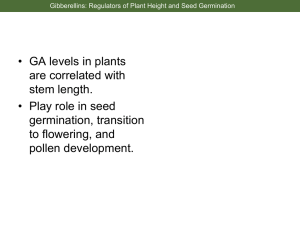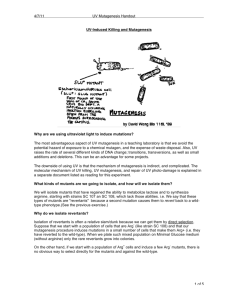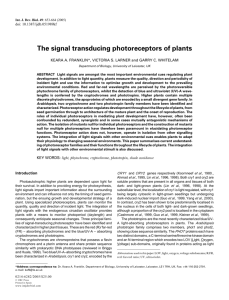Genetic dissection of autonomous flowering pathway in Arabidopsis
advertisement
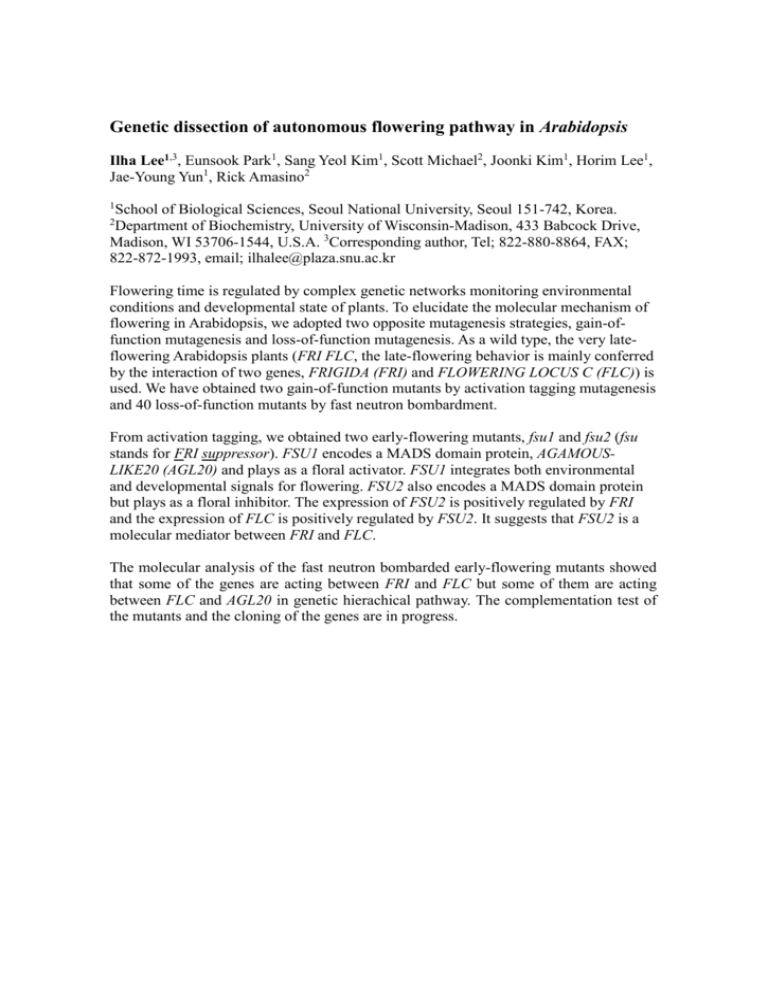
Genetic dissection of autonomous flowering pathway in Arabidopsis Ilha Lee1,3, Eunsook Park1, Sang Yeol Kim1, Scott Michael2, Joonki Kim1, Horim Lee1, Jae-Young Yun1, Rick Amasino2 1 School of Biological Sciences, Seoul National University, Seoul 151-742, Korea. Department of Biochemistry, University of Wisconsin-Madison, 433 Babcock Drive, Madison, WI 53706-1544, U.S.A. 3Corresponding author, Tel; 822-880-8864, FAX; 822-872-1993, email; ilhalee@plaza.snu.ac.kr 2 Flowering time is regulated by complex genetic networks monitoring environmental conditions and developmental state of plants. To elucidate the molecular mechanism of flowering in Arabidopsis, we adopted two opposite mutagenesis strategies, gain-offunction mutagenesis and loss-of-function mutagenesis. As a wild type, the very lateflowering Arabidopsis plants (FRI FLC, the late-flowering behavior is mainly conferred by the interaction of two genes, FRIGIDA (FRI) and FLOWERING LOCUS C (FLC)) is used. We have obtained two gain-of-function mutants by activation tagging mutagenesis and 40 loss-of-function mutants by fast neutron bombardment. From activation tagging, we obtained two early-flowering mutants, fsu1 and fsu2 (fsu stands for FRI suppressor). FSU1 encodes a MADS domain protein, AGAMOUSLIKE20 (AGL20) and plays as a floral activator. FSU1 integrates both environmental and developmental signals for flowering. FSU2 also encodes a MADS domain protein but plays as a floral inhibitor. The expression of FSU2 is positively regulated by FRI and the expression of FLC is positively regulated by FSU2. It suggests that FSU2 is a molecular mediator between FRI and FLC. The molecular analysis of the fast neutron bombarded early-flowering mutants showed that some of the genes are acting between FRI and FLC but some of them are acting between FLC and AGL20 in genetic hierachical pathway. The complementation test of the mutants and the cloning of the genes are in progress.
